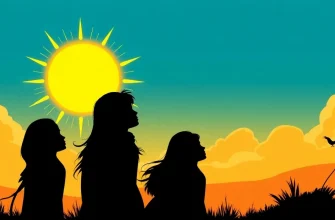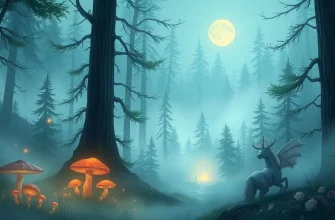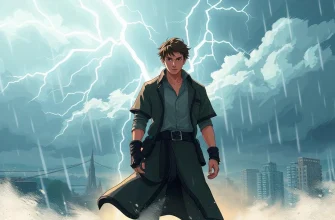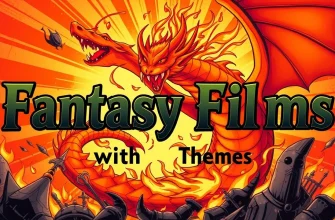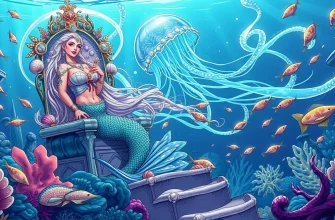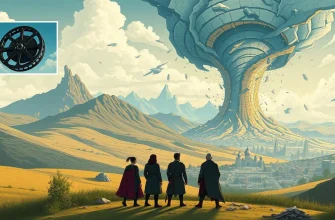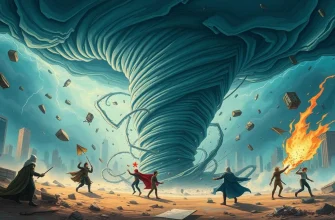- The Last Unicorn (1982)
- The NeverEnding Story (1984)
- The Lord of the Rings: The Two Towers (2002)
- The Chronicles of Narnia: The Lion, the Witch and the Wardrobe (2005)
- Pan's Labyrinth (2006)
- The Shape of Water (2017)
- The Dark Crystal (1982)
- The Princess Mononoke (1997)
- The Fountain (2006)
- The Secret of Kells (2009)
Dive into a world where the forces of nature aren't just a backdrop but the very essence of the story. These films weave tales of magic, adventure, and the awe-inspiring power of the natural world. From the ethereal beauty of the Northern Lights to the mystical allure of enchanted forests, this collection promises to transport you to realms where nature's wonders are not just seen but felt. Whether you're a fan of epic sagas or intimate tales, these films will captivate your imagination and remind you of the magic that lies within our planet's landscapes.
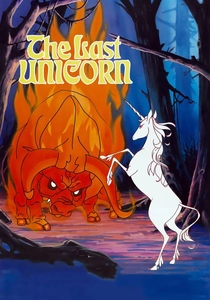
The Last Unicorn (1982)
Description: This animated film follows a unicorn's journey through a world where magic and nature are intertwined, with the Red Bull and the enchanted forest as key elements.
Fact: The film features a memorable score by Jimmy Webb, including the iconic song "The Last Unicorn" performed by America.
 Watch Now
Watch Now
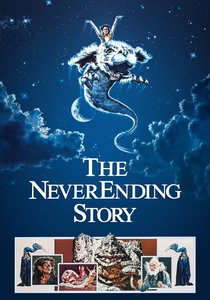
The NeverEnding Story (1984)
Description: In this classic, the fantastical world of Fantasia is threatened by a force that erases its landscapes, highlighting the importance of imagination and nature's resilience.
Fact: The film was shot in Germany, with many of the landscapes inspired by the Bavarian countryside.
 Watch Now
Watch Now
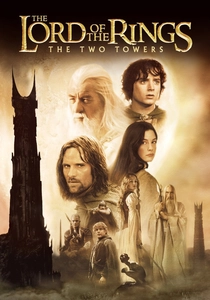
The Lord of the Rings: The Two Towers (2002)
Description: The Ents, ancient tree-like beings, and the battle at Helm's Deep, where nature itself fights back, make this film a standout in terms of nature's phenomena.
Fact: The film features extensive use of practical effects and miniatures to bring Middle-earth's landscapes to life, with many scenes shot in New Zealand's natural beauty.
 Watch Now
Watch Now
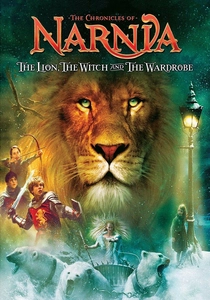
The Chronicles of Narnia: The Lion, the Witch and the Wardrobe (2005)
Description: Narnia's ever-changing seasons, controlled by the White Witch, showcase the power of nature and its manipulation in this beloved fantasy tale.
Fact: The film was shot in New Zealand, known for its stunning landscapes, which provided the perfect backdrop for Narnia.
 Watch Now
Watch Now

Pan's Labyrinth (2006)
Description: This dark fantasy intertwines the harsh realities of post-Civil War Spain with a magical world where nature's elements, like the labyrinth, play a crucial role.
Fact: The film was shot in Spain, with many scenes filmed in the lush, natural settings of the country, enhancing the magical realism.
 Watch Now
Watch Now
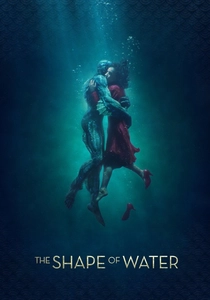
The Shape of Water (2017)
Description: While not strictly a fantasy about natural phenomena, the film's setting in a world where water is a central theme, and the creature from the Amazon, ties it to nature's mysteries.
Fact: The film won four Academy Awards, including Best Picture, and features a unique blend of fantasy and historical drama.
 Watch Now
Watch Now

The Dark Crystal (1982)
Description: Set in a world where the balance of nature is disturbed by the Skeksis, this film delves into the mystical elements of the planet Thra, with its unique flora and fauna.
Fact: The film was created using a combination of animatronics, puppetry, and early CGI, making it a pioneering work in fantasy cinema.
 30 Days Free
30 Days Free
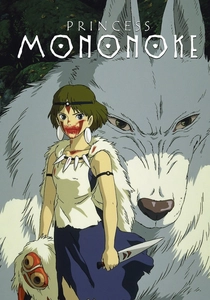
The Princess Mononoke (1997)
Description: This Studio Ghibli masterpiece explores the clash between the natural world and human expansion, with a focus on the forest spirits and the enigmatic Forest Spirit itself.
Fact: The film was the first animated feature to win the Japan Academy Prize for Best Picture. It also features a unique blend of traditional Japanese folklore with environmental themes.
 30 Days Free
30 Days Free
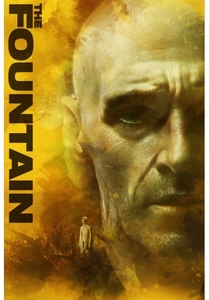
The Fountain (2006)
Description: A visually stunning exploration of life, death, and rebirth, with the Tree of Life as a central motif, symbolizing the eternal cycle of nature.
Fact: The film was shot in three different time periods, each with its own distinct visual style, representing different aspects of nature's cycle.
 30 Days Free
30 Days Free
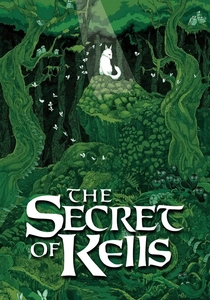
The Secret of Kells (2009)
Description: This animated gem showcases the beauty of Ireland's landscapes and the mystical elements of Celtic mythology, with the forest playing a central role in the narrative.
Fact: The film's art style is inspired by the Book of Kells, an illuminated manuscript from the 9th century.
 30 Days Free
30 Days Free


